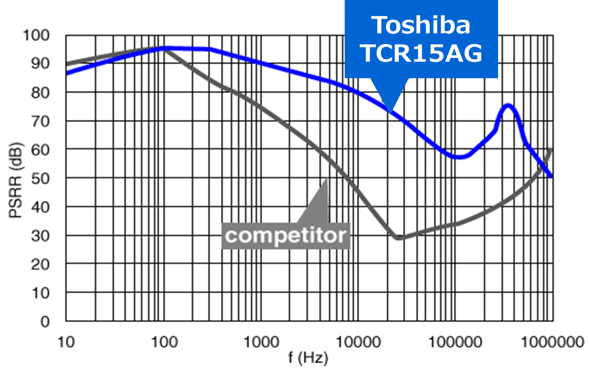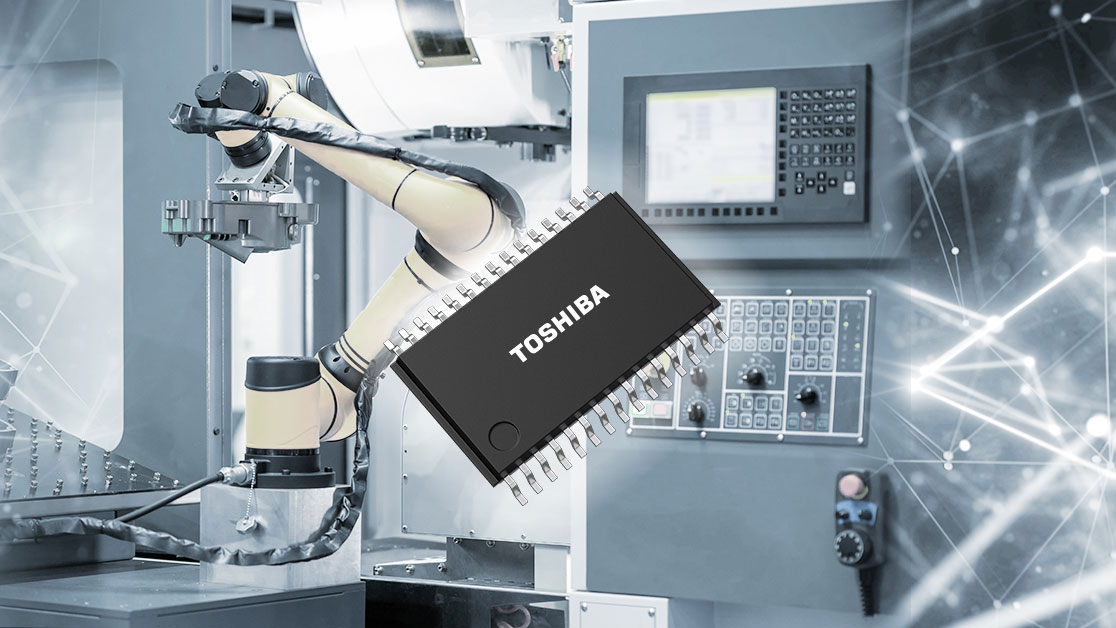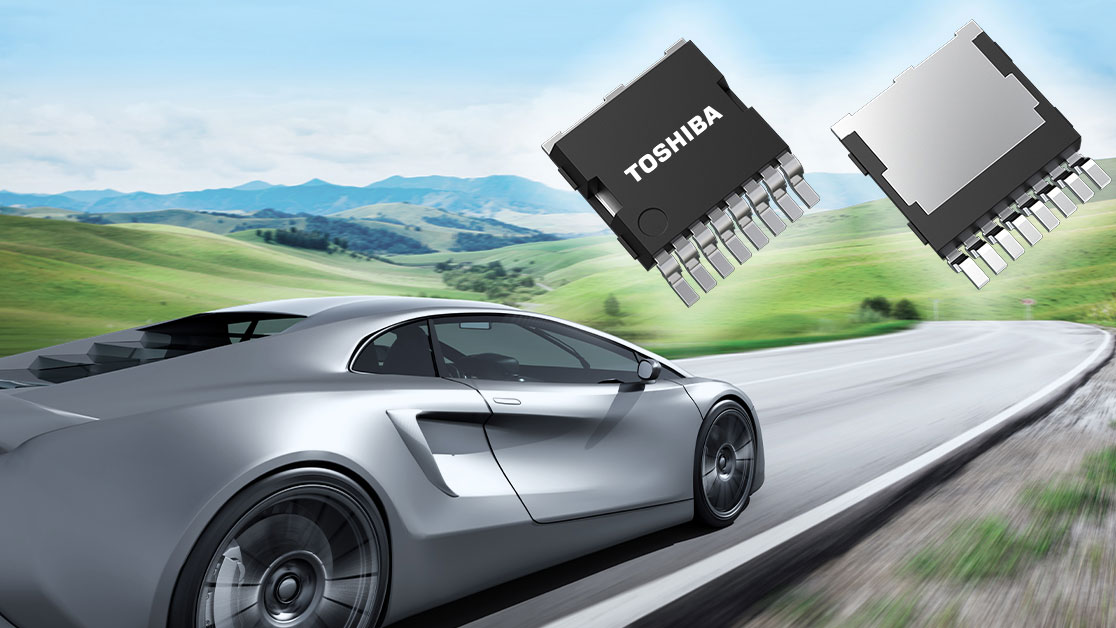-
My ToshibaSemicon
- General Top View
-
SEMICONDUCTOR View
-
Applications
Body Electronics
xEV
In-Vehicle Infotainment
Advanced Driver-Assistance Systems (ADAS)
Chassis
Infrastructure
BEMS/HEMS
Factory Automation
Commercial Equipment
IoT Equipment
Healthcare
Wearable Device
Mobile
Computer Peripherals
-
Products
Products
-
Design & Development
-
Knowledge
- Where To Buy View
-
My ToshibaSemicon
-
- STORAGE View
- COMPANY View
- Part Number Search
- Cross Reference Search
- Keyword Search
- Parametric Search
- Stock Check & Purchase
This webpage doesn't work with Internet Explorer. Please use the latest version of Google Chrome, Microsoft Edge, Mozilla Firefox or Safari.
require 3 characters or more.
The information presented in this cross reference is based on TOSHIBA's selection criteria and should be treated as a suggestion only. Please carefully review the latest versions of all relevant information on the TOSHIBA products, including without limitation data sheets and validate all operating parameters of the TOSHIBA products to ensure that the suggested TOSHIBA products are truly compatible with your design and application.Please note that this cross reference is based on TOSHIBA's estimate of compatibility with other manufacturers' products, based on other manufacturers' published data, at the time the data was collected.TOSHIBA is not responsible for any incorrect or incomplete information. Information is subject to change at any time without notice.
require 3 characters or more.
Noise reduction due to high ripple rejection ratio

It is also called PSRR (Power Supply Rejection Ratio). The ripple rejection ratio is the ratio of the ripple voltage that appears on the output voltage when the ripple voltage component (noise) is superimposed on the input voltage to the input ripple voltage. The larger this value, the smaller the ripple component that appears in the output. The Toshiba LDO regulator achieves high ripple compressibility over a wide frequency range through ultra-high-speed feedback circuit technology.
Digital/analog core power supplies such as CMOS image sensors, MCUs, and RFs, may cause malfunction or performance degradation due to external noises. Therefore, we need to be able to remove switching noise from DC-DC converters etc. of external power supplies, which are sources of noise. In other words, we need to have a higher ripple rejection ratio. In addition to the low-frequency range from DC to 1 kHz, our LDO regulator has a high ripple removal capability up to a high-frequency range from 100 kHz to several MHz, and can be used as a high-quality power supply with low noise.
High ripple rejection LDO regulators
Related information
Queries about purchasing, sampling and IC reliability
Stock Check & Purchase
require 3 characters or more.
| Part Number | Authorized Distributor | Stock Quantity | Date | Shopping Cart |
|---|


